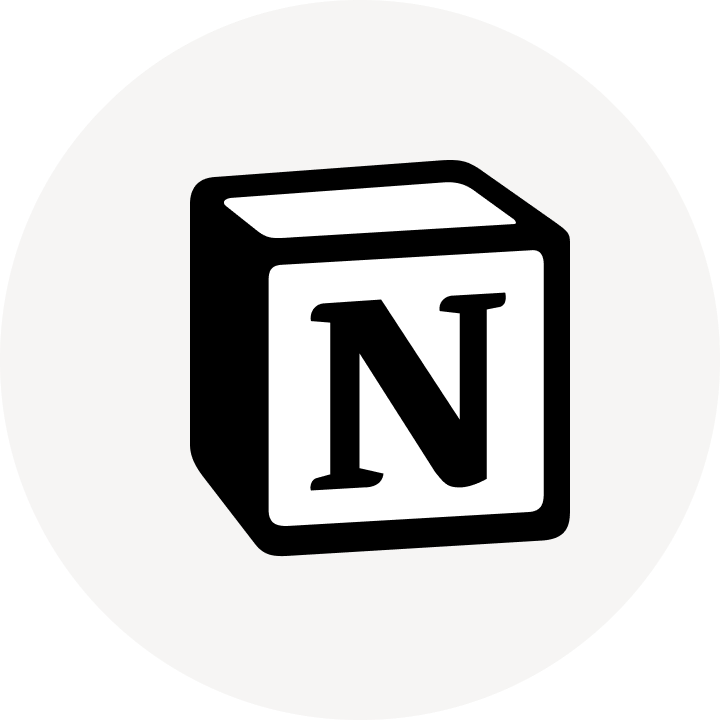Bug reporting is crucial for maintaining the quality and reliability of software. It helps identify issues that users encounter, allowing developers to address them and improve the overall user experience. A Bug Reporting template in Notion can streamline the process, making it easier to log, track, and manage bugs efficiently.
Before you start creating your own Bug Reporting system, check out these Bug Reporting templates below to help make it easier.
What Should Bug Reporting Templates Include?
Choosing the right bug reporting template can streamline the process of identifying, tracking, and resolving software bugs effectively. Here are key components to look for in a Notion bug reporting template:
Description Field: This should provide a clear area to describe the bug in detail, allowing reporters to explain what the issue is and how it affects functionality.
Reproduction Steps: A structured section that guides the user to list the steps needed to reproduce the bug. This is essential for developers to see the problem in action and verify fixes.
Severity Level: An option to classify the urgency and impact of the bug helps in prioritizing bug fixes. This can range from minor glitches to system crashes.
Attachments: A facility to attach screenshots, logs, or videos provides crucial evidence of the bug and aids in quicker resolution.
Selecting a comprehensive template not only aids in accurate reporting but also enhances the efficiency of the debugging process.
What Should Bug Reporting Templates Avoid?
Choosing the right bug reporting template in Notion can streamline your workflow and ensure effective communication. However, some features can hinder rather than help. Here are three key components to steer clear of:
Overly Complex Fields: Templates with too many fields can be overwhelming and may discourage thorough reporting. Opt for simplicity to encourage use.
Non-Customizable Sections: Avoid templates that don't allow you to modify sections. Flexibility is essential for tailoring the template to specific project needs.
Lack of Integration Features: Ensure the template supports integration with other tools used by your team. Templates that operate in isolation can silo information and reduce efficiency.
Choosing a template that avoids these pitfalls will enhance your team's ability to track and resolve bugs efficiently, keeping your projects on track and maintaining high software quality.











